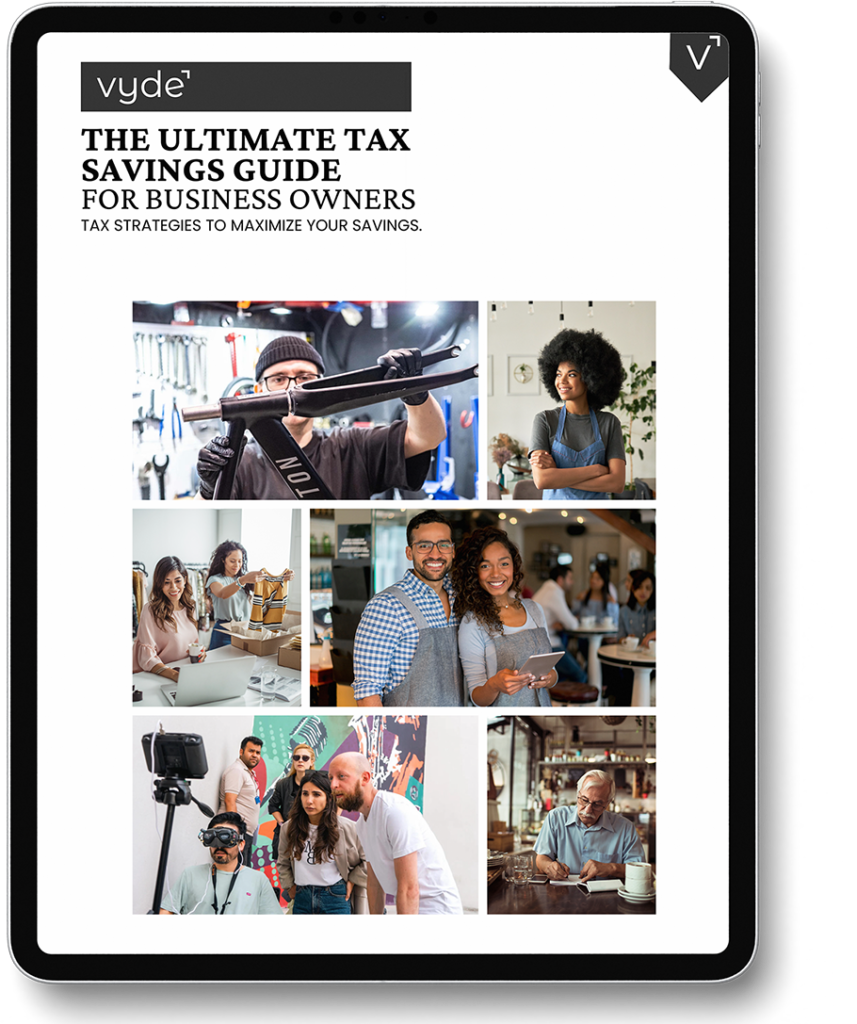In the dynamic landscape of the business world, sole proprietorships remain a popular choice for many entrepreneurs due to their simplicity and ease of setup. However, despite the advantages, there are significant drawbacks associated with this business structure. This article delves into the intricacies of sole proprietorships, focusing on the main drawback – personal liability and the subsequent financial risks that business owners may face.
Understanding Sole Proprietorships

In a sole proprietorship, the absence of a legal distinction between the business owner and the business itself poses a significant drawback. With minimal formal business requirements and no separation between personal and business assets, the proprietor faces the risk of personal assets, including cash, car, or home, being targeted in the event of a lawsuit against the business. This unlimited liability creates a daunting prospect for entrepreneurs, especially in comparison to limited liability company (LLC) and corporate structures, where clear separations shield personal assets from such legal actions.
To mitigate the risks associated with unlimited liability, many sole proprietors opt for business insurance. While insurance can provide financial assistance for specific cases like personal injury suits, it falls short of offering comprehensive protection. Notably, it may not cover certain types of claims, such as collection actions from vendors, leaving sole proprietors vulnerable to potential damages that exceed the policy’s coverage and allowing adversaries to pursue their personal assets.
What is a Sole Proprietorship?
A sole proprietorship is a business entity where an individual, known as the sole proprietor, owns and operates the business. Unlike other business entities, a sole proprietorship is not a separate legal entity from its owner. This lack of legal distinction between the business and the owner is both a strength and a weakness.
The Simplicity of Sole Proprietorships
One of the key attractions of sole proprietorships is their simplicity. They are often the most straightforward banking setup for small businesses, allowing owners to operate under their own name without the need for complex legal formalities. However, this simplicity comes at a cost.
The Main Drawback: Personal Liability
Unlimited Personal Liability
One of the main drawbacks of a sole proprietorship is the concept of unlimited personal liability. In this context, the business owner and the business are treated as one entity in the eyes of the law. Consequently, the owner is personally responsible for all the business’s obligations, including its debts and legal issues.
Personal Assets at Risk
In a sole proprietorship, the owner’s personal assets are directly exposed to the business’s liabilities. This means that in the event of business debts or legal claims, the owner’s personal property, including homes, cars, and savings, could be used to satisfy these obligations. Such a scenario poses a significant risk to the financial well-being of the sole proprietor.
Limited Financial Protection
Unlike other business structures that offer a level of liability protection, sole proprietors have no such safeguard. The business and the owner are considered one entity, leaving the proprietor vulnerable to the consequences of business transactions, legal disputes, or any other financial obligations the business may incur.
While this independence can be viewed as a positive aspect of sole proprietorship, it also brings a notable drawback. Without the legal safeguards inherent in incorporating a business, sole proprietors bear personal responsibility for any legal, financial, or tax issues that may arise within the company.
For instance, limited liability companies (LLCs) provide protections that shield personal assets from creditors (in most cases) and prevent personal lawsuits for business-related matters. In contrast, sole proprietors lack these protective measures, potentially exposing them to increased risk in the face of business challenges.

Obtaining Financing and Establishing Business Credit Becomes More Challenging
Securing loans proves more challenging for sole proprietorships than for other business entities, primarily due to banks’ preference for established companies with a larger revenue base and a more substantial credit history. This obstacle stems from the fact that these established companies typically have a well-established financial track record.
Sole proprietors encounter difficulties in establishing business credit similar to their counterparts with dedicated business credit cards and separate bank accounts. The business’s creditworthiness is inherently tied to the single owner’s initial investments, finances, and credit history. Although conventional lenders may be hesitant to extend business financing to sole proprietors, the alternative of seeking personal loans comes with its own set of challenges.
Unlike business structures with protective measures, such as an LLC where creditors face delays in seizing personal assets in case of loan default, a sole proprietor relying on personal loans is exposed to higher risk. By signing a personal guarantee and pledging personal assets as collateral, there is no protection preventing the bank from seizing property if the business encounters financial difficulties and struggles to repay the loan.
Selling Your Business Becomes More Challenging
Given that a sole proprietorship is inherently tied to an individual, the possibility of selling or passing down the business is severely limited. The business concludes either with the proprietor’s demise or if they opt to discontinue operations.
While selling a sole proprietorship is not entirely unfeasible, the process differs significantly. Instead of selling the business as a cohesive entity, the proprietor must sell individual business assets rather than the business itself. In such a scenario, the buyer cannot retain the business name unless a “doing business as” (DBA) is established, and the usage rights are either sold or transferred.
This aspect complicates the potential sale of the business, making it more intricate than selling a business with a different structure. Despite the advantages of singular ownership and control that come with a sole proprietorship, the flip side is that it introduces complexity when attempting to sell or pass down the business to another party.
Financial Risks and Personal Consequences
Personal Taxation and Financial Control
While a sole proprietorship simplifies tax obligations by allowing business income to be reported on the owner’s personal tax return, it also means that the business owner must pay self-employment taxes. This can lead to a higher overall tax burden and reduces the financial control that the owner has over their income.
Personal Guarantee and Responsibility
In securing financing or business credit, a sole proprietor often has to provide a personal guarantee. This means that the owner is personally liable for the repayment of any business loans or debts. This added responsibility can create significant stress and financial strain on the individual.
Unlimited Liability and Business Operations
The concept of unlimited liability extends beyond financial matters. Sole proprietors are personally liable for the consequences of their business operations, including any legal issues that may arise. This can result in personal legal consequences, impacting the proprietor’s life both professionally and personally.

Comparing Sole Proprietorships to Other Business Structures
The Role of Other Business Structures
Understanding the drawbacks of a sole proprietorship requires a comparison with other business structures. Corporations, limited liability companies (LLCs), and partnerships offer varying degrees of liability protection and separation between the business and the owner. These structures shield personal assets and provide a level of financial security that sole proprietorships lack.
Sole Proprietorship vs. Limited Liability Company (LLC)
A limited liability company (LLC) is a popular alternative to a sole proprietorship. Unlike sole proprietorships, LLCs offer a degree of protection for the owner’s personal assets. The business and the owner are separate entities, reducing personal liability and financial risks.
Sole Proprietorship vs. Corporation
Incorporating a business as a corporation provides the highest level of liability protection. The corporation is a separate legal entity, and the personal assets of the shareholders are typically shielded from business debts and legal claims. While corporations involve more complex structures and formalities, the increased protection can outweigh the drawbacks.
Overcoming the Drawbacks: Professional Advice and Legal Measures
Seeking Professional Advice
Entrepreneurs considering a sole proprietorship should weigh the advantages and disadvantages carefully. While the simplicity and autonomy may be appealing, the potential financial risks cannot be ignored. Seeking advice from a tax professional or a legal expert can help in understanding the implications and developing strategies to mitigate risks.
Legal Measures for Protection
Despite the inherent drawbacks, there are legal measures that sole proprietors can take to protect themselves. Obtaining the necessary business licenses, maintaining clear separation between personal and business finances, and exploring insurance options are essential steps. Additionally, considering other business structures that provide more significant liability protection may be a strategic move.

Conclusion
While a sole proprietorship offers a simple and straightforward path to business ownership, the main drawback lies in the personal liability and the associated financial risks. Sole proprietors must carefully evaluate their risk tolerance and consider the long-term implications of unlimited personal liability. For those seeking greater protection for personal assets and a more secure financial future, exploring alternative business structures may be a prudent choice. Ultimately, understanding the disadvantages of a sole proprietorship is crucial for making informed decisions in the ever-evolving landscape of the business world.
Frequently Asked Questions
1. What is the primary drawback of a sole proprietorship?
The main drawback of a sole proprietorship is the concept of unlimited personal liability, wherein the business owner and the business are treated as one entity, exposing personal assets to business-related risks.
2. Can a sole proprietor sell their business as a whole?
Selling a sole proprietorship as a cohesive entity is challenging. Instead, the proprietor must sell individual business assets, making the process more intricate and differing from selling businesses with different structures.
3. How does personal liability affect sole proprietors in securing financing?
Personal liability in a sole proprietorship makes securing loans or business credit more challenging. Lenders may be hesitant due to the lack of legal safeguards, leading sole proprietors to explore personal loans as an alternative.
4. How can sole proprietors protect themselves from unlimited liability?
Sole proprietors can take legal measures to protect themselves, such as obtaining necessary business licenses, maintaining clear separation between personal and business finances, and exploring insurance options for added security.
5. What professional advice is recommended for sole proprietors?
Entrepreneurs considering a sole proprietorship are advised to seek professional advice from tax professionals or legal experts. Understanding the implications and developing strategies to mitigate financial risks is crucial for informed decision-making.


